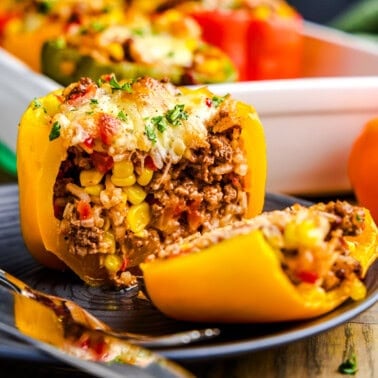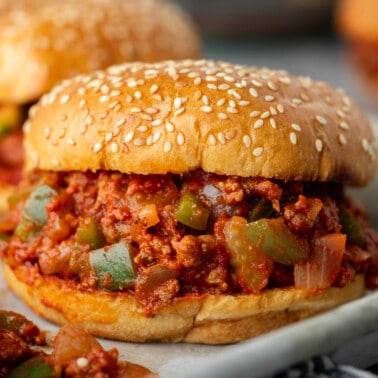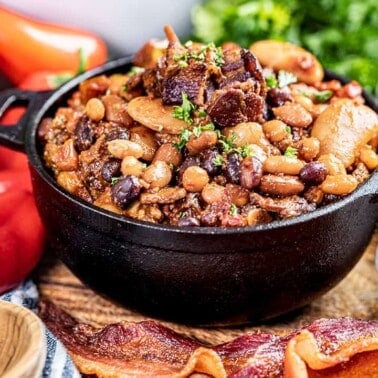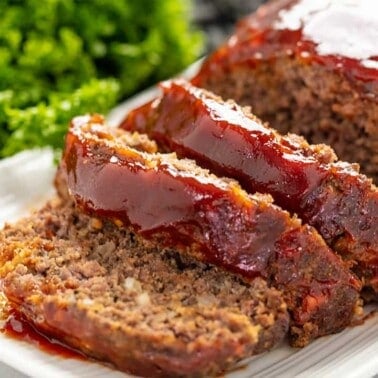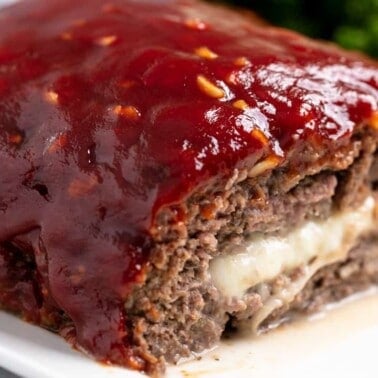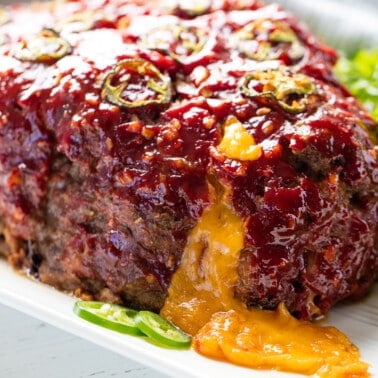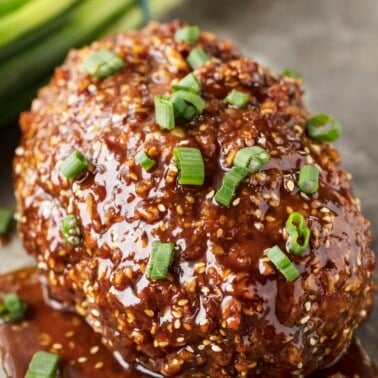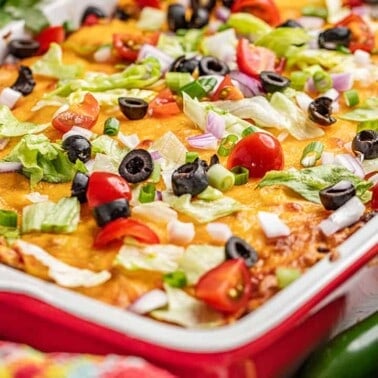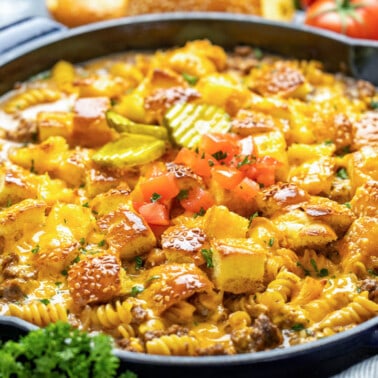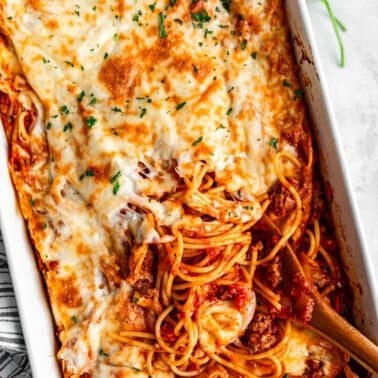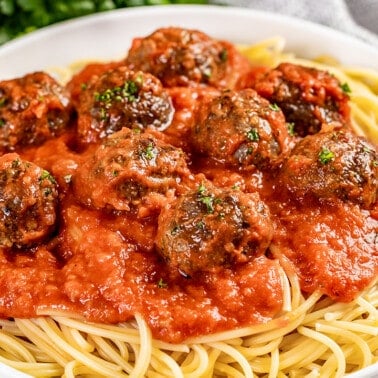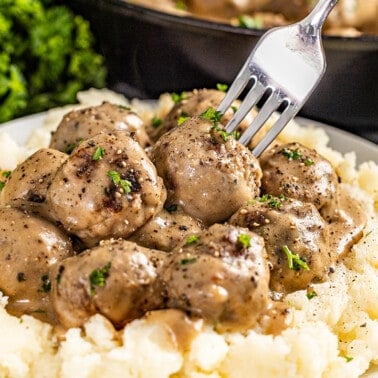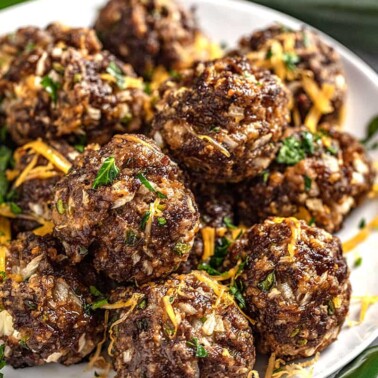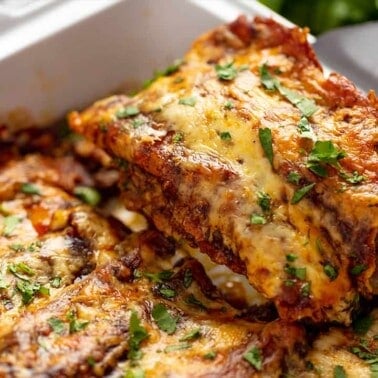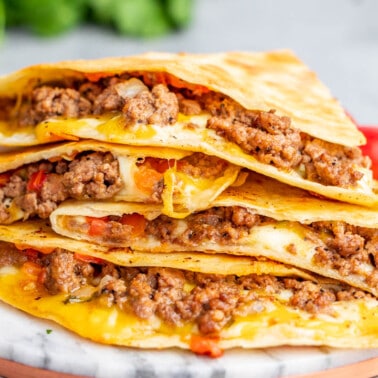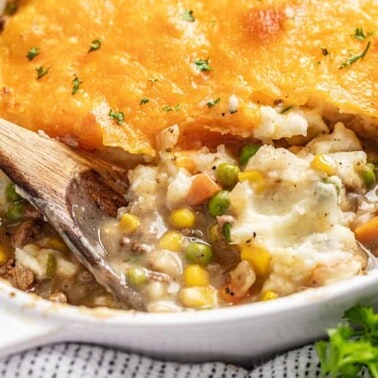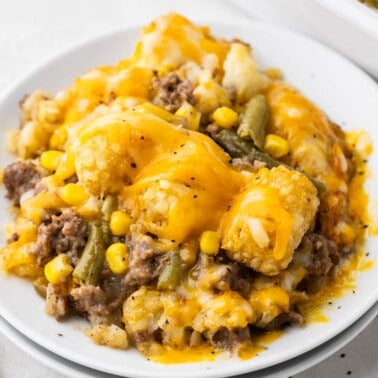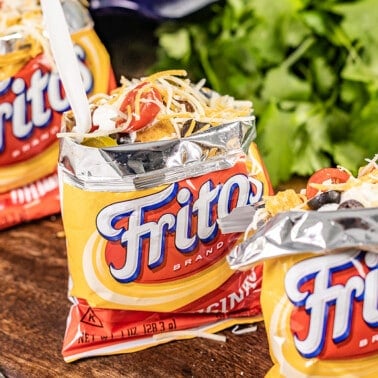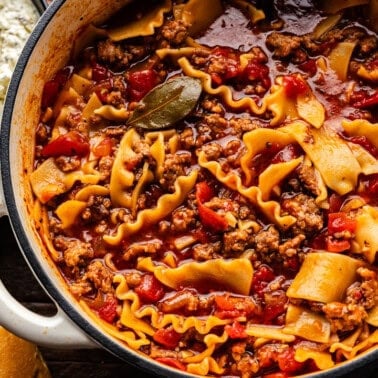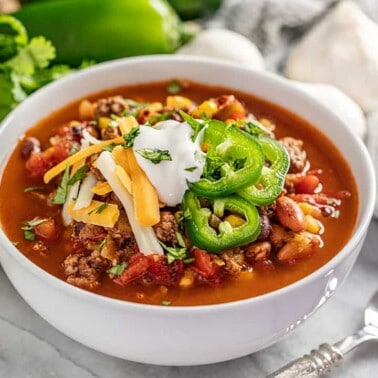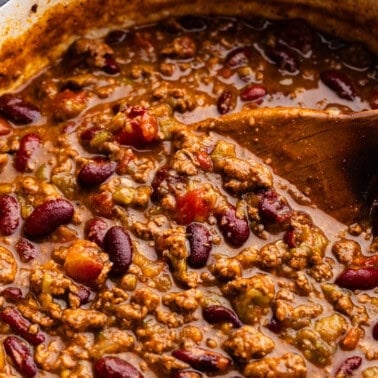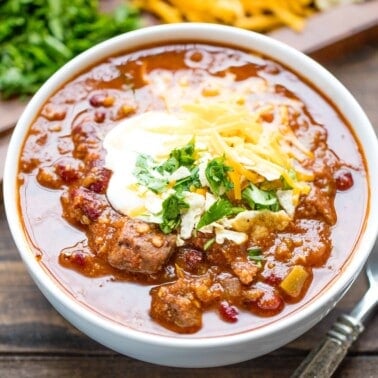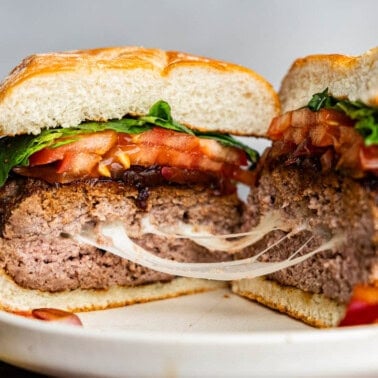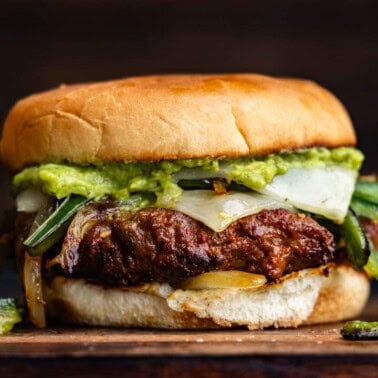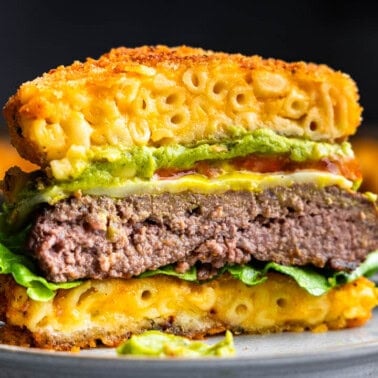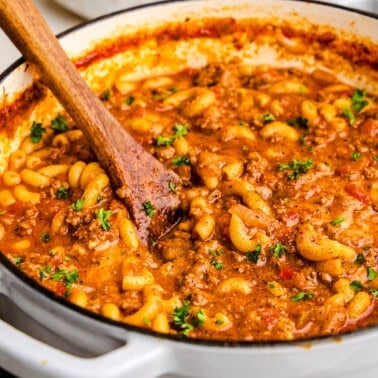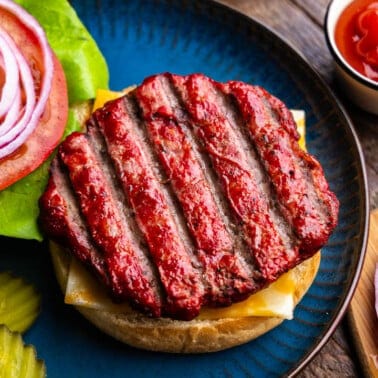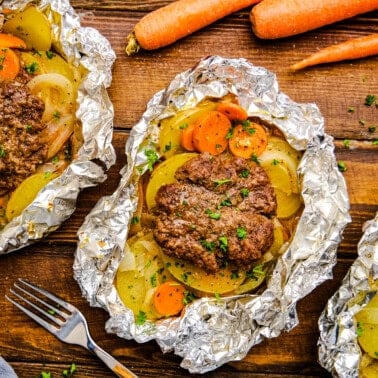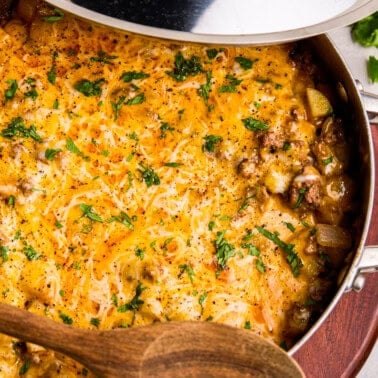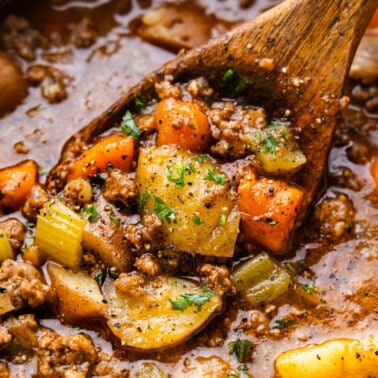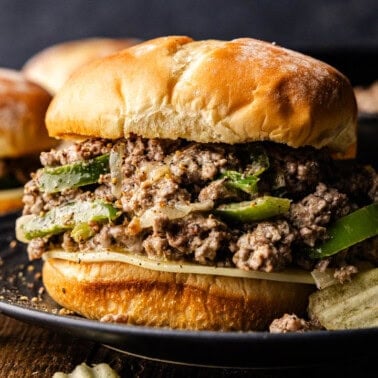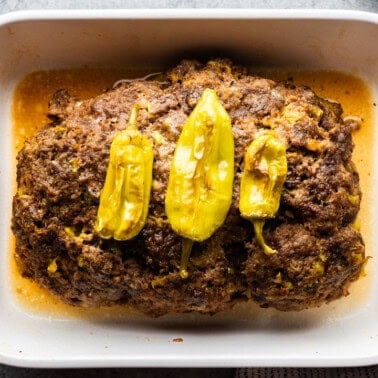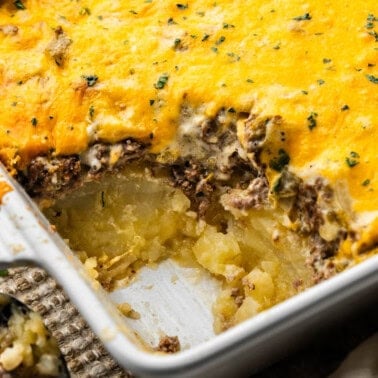Ground beef offers endless possibilities for creating delicious dishes. From traditional burgers and hearty meatloaves to international culinary delights, ground beef forms the cornerstone of some of our favorite recipes. This guide will walk you through everything from selecting and preparing ground beef to ensuring food safety and enhancing flavors.
Classic favorites
Choosing Ground Beef for Your Recipe
- Understanding Fat Content: Ground beef comes in various fat percentages, typically ranging from 70% to 95% lean. The choice depends on your recipe. Higher fat content (70-80% lean) is ideal for juicy burgers and meatloaves, while leaner beef (90-95% lean) is better for tacos, sauces, and casseroles, where you might want less grease.
- Organic and Grass-Fed Options: For those who prefer organic or grass-fed beef, these options are widely available. Grass-fed beef is often leaner and has a different flavor profile, while organic beef guarantees no use of antibiotics or growth hormones.
- Freshness Matters: Look for beef that is bright red in color. If it’s in a sealed package, it should not have excess liquid, and the packaging should be intact with no tears.
Fresh vs. Frozen Ground Beef
- Fresh Ground Beef: Fresh beef is great for immediate use. It should be cooked within 1-2 days of purchase. Store it in the refrigerator at 40°F or below.
- Frozen Ground Beef: Freezing beef allows for extended storage (up to 4 months) without losing quality. Thaw it safely in the refrigerator or using a cold water bath, never at room temperature.
Cuts of Beef
Different cuts of beef impact the flavor and fat content of ground beef. Common cuts include:
- Chuck: Rich in flavor, slightly higher in fat, perfect for burgers and meatballs.
- Round: Leaner than chuck, it’s great for dishes where less fat is desired.
- Sirloin: The leanest option, sirloin is ideal for health-conscious recipes.
Food Safety Tips
- Handling: Always wash your hands before and after handling raw beef. Use separate cutting boards for meat and vegetables to avoid cross-contamination.
- Cooking: Ground beef should be cooked to an internal temperature of 160°F. Use a meat thermometer to ensure it’s done, as color isn’t a reliable indicator.
- Storing Leftovers: Refrigerate leftovers within two hours of cooking. They can be stored in the fridge for up to 3-4 days or in the freezer for up to 4 months.
Meatloaf
Chef Cayt’s Favorite Ground Beef Recipes
Meatballs
Meatball Serving Tips & Suggestions
- Size Matters: Consider the size of your meatballs based on how you plan to serve them. Smaller meatballs are great for appetizers and soups, while larger ones can be more satisfying for main dishes.
- Keep Them Warm: If serving meatballs at a gathering, keep them warm in a slow cooker or a chafing dish. This is especially useful for meatballs in sauce.
- Garnishing: Garnish your meatballs with something that complements their flavor profile. Fresh herbs, grated cheese, or a sprinkle of spices can add an extra touch.
How to Serve Meatballs
- As an Appetizer:
- Serve meatballs on toothpicks or small skewers with dipping sauces like marinara, BBQ sauce, or a yogurt-based dip.
- Arrange them in a bowl with sauce and provide small plates and forks for easy serving.
- In Soups and Stews:
- Add meatballs to Italian wedding soup, minestrone, or a hearty tomato-based stew.
- Consider serving them in a clear broth with vegetables for a lighter option.
- With Pasta:
- Classic spaghetti and meatballs is always a hit. Serve with a robust marinara sauce and a side of garlic bread.
- Try them with different types of pasta like penne, fusilli, or even in a creamy Alfredo sauce.
- On Sandwiches and Subs:
- Meatball subs or hoagies are a crowd-pleaser. Place meatballs in a long roll, top with marinara sauce and melted cheese.
- For a twist, try meatball sliders on small buns for a fun appetizer or snack.
- As a Main Course:
- Serve larger meatballs with a side of mashed potatoes, rice, or a fresh salad.
- Pair them with roasted or steamed vegetables for a well-rounded meal.
Mexican-Inspired
Casseroles
Ground Beef Preparation Tips
- Brown the Beef: Always brown the ground beef before adding it to the casserole. This step enhances the flavor and texture of the beef and allows you to drain off excess fat.
- Drain the Fat: After browning, be sure to drain the fat from the beef, especially if you’re using a higher fat content ground beef. This keeps the casserole from being too greasy.
- Season Well: Season the ground beef generously while browning. Common seasonings include salt, pepper, garlic powder, and onion powder, but feel free to get creative depending on the casserole’s theme.
- Mix-ins: Consider adding vegetables like onions, garlic, bell peppers, or mushrooms to the beef as it browns for added flavor and nutrition.
